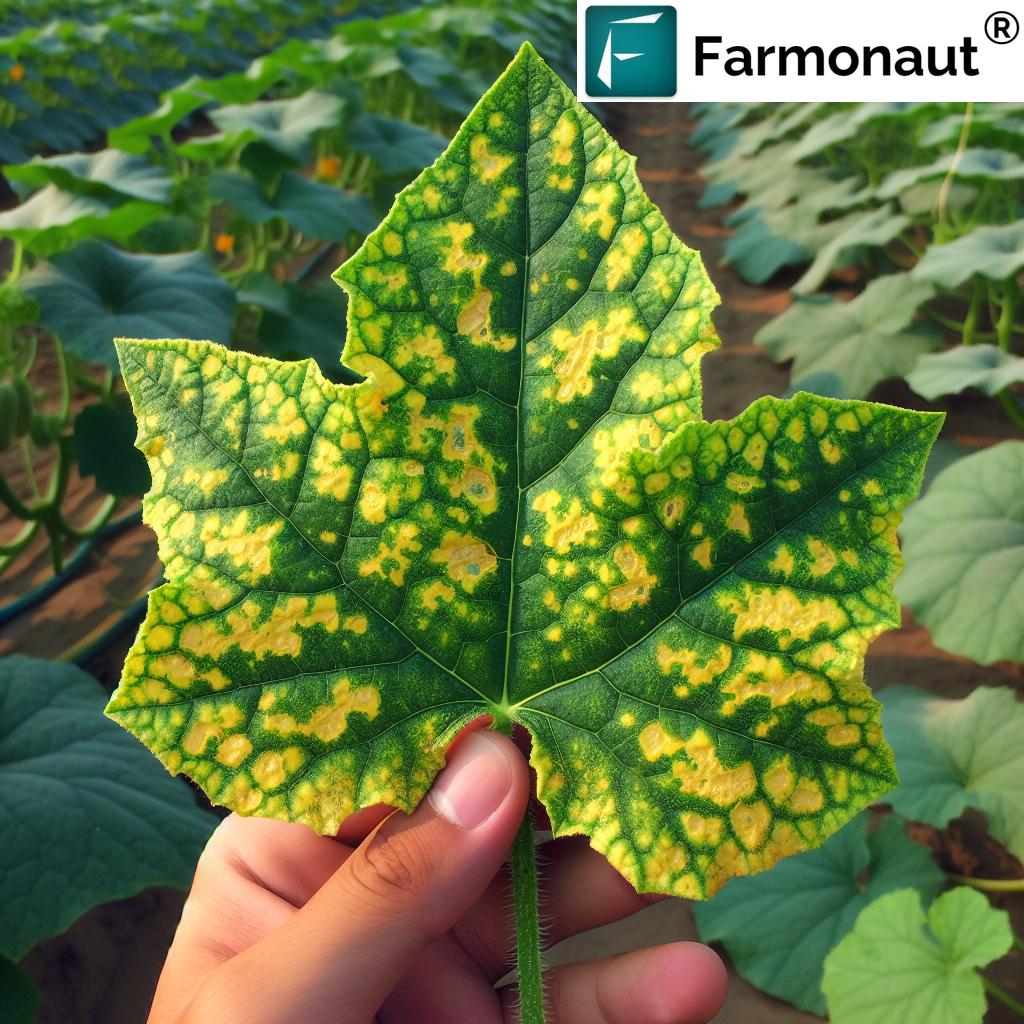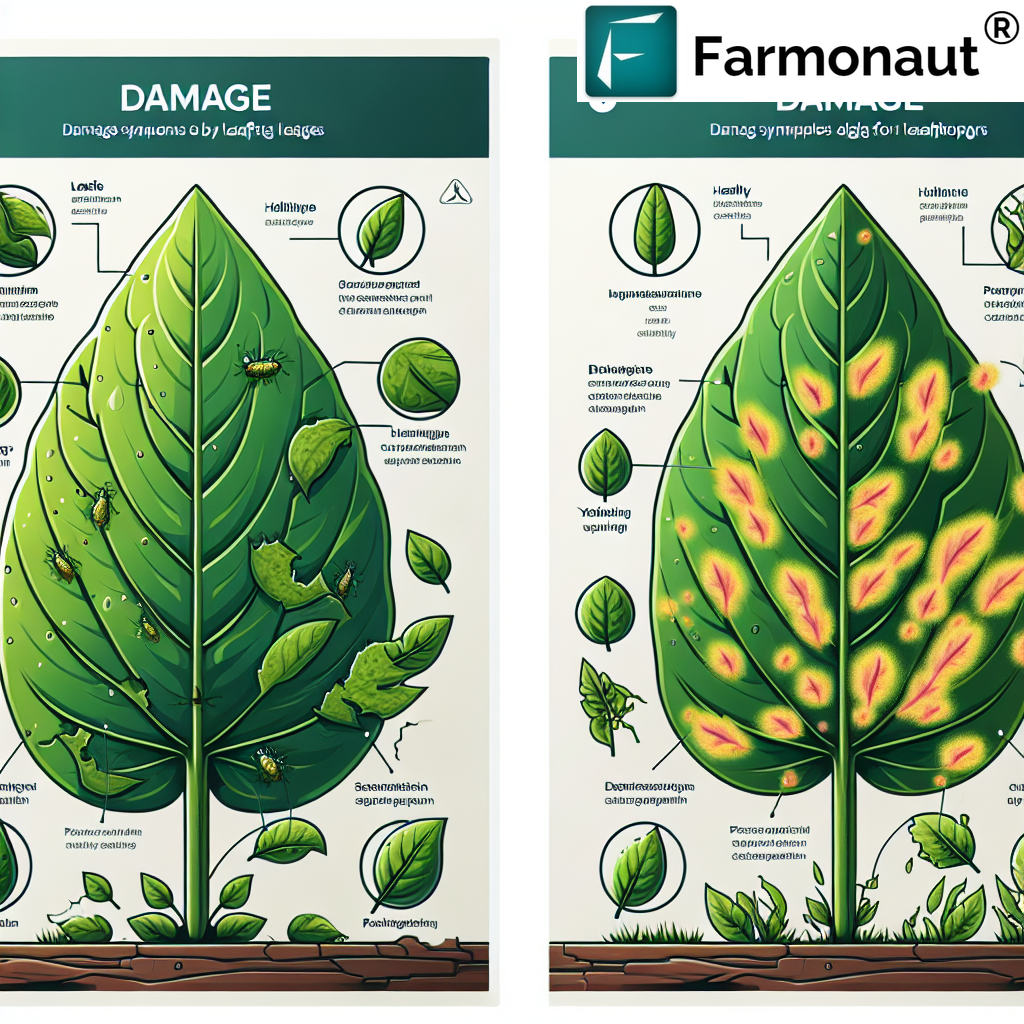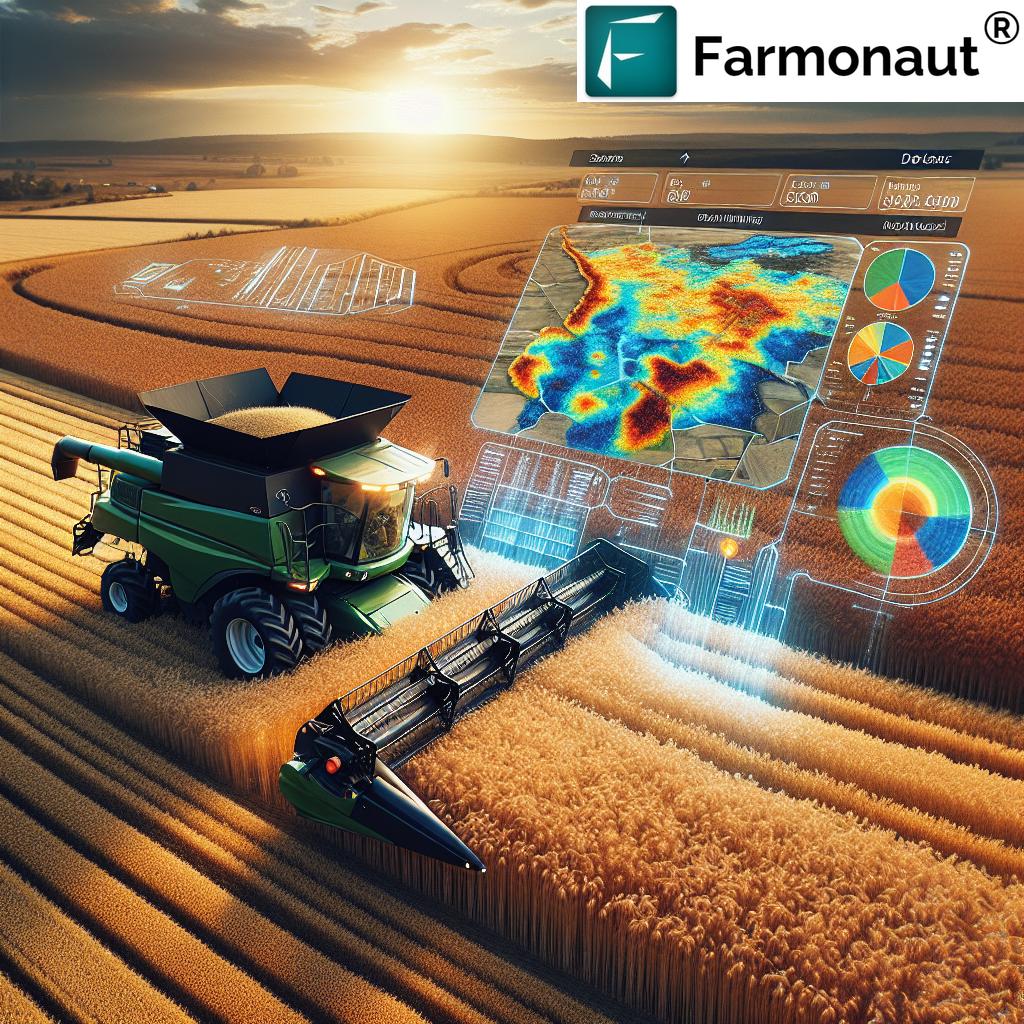Aerophonics, Aero Ponics, #Aeroponics: Top 2025 Trends
“Aeroponics can reduce water usage by up to 95% compared to traditional soil farming methods in 2025.”
Introduction: Aeroponics is Revolutionizing Agriculture in 2025
As the global population surges and arable land diminishes, innovative farming techniques like aerophonics, aero ponics, #aeroponics are revolutionizing agriculture for a more sustainable future. These cutting-edge methods are not just optimizing resource use but also reshaping how we approach food production, nutrient delivery, and water conservation. In 2025, as urbanization increases and soil fertility faces new climate challenges, aeroponics stands out as an indispensable tool—empowering urban and rural agriculture to deliver higher yields with minimal environmental impact.
Aeroponics, sometimes known as aero ponics or #aeroponics in industry circles, is a soilless growing technique that suspends roots in air within closed or semi-closed systems, periodically misted with nutrient-rich solutions. Unlike traditional soil farming or even hydroponics, where roots are immersed in a growth media, aeroponics provides maximal oxygen exposure, making plant growth faster, healthier, and more efficient than ever.
Why does this matter in 2025? Because with changing climate patterns, resource scarcity, population growth, and the demand for fresh produce—there’s an urgent call for transformation. Aerophonics, aero ponics, #aeroponics are quickly becoming mainstream in both urban environments and regions with poor soil quality, addressing food security challenges head-on.
What Is Aeroponics? The Future of Soilless Cultivation
Aeroponics is a soilless cultivation technique where plants’ roots hang suspended in air, housed within a closed or semi-closed environment. The roots are periodically misted with nutrient-rich water solutions. Unlike traditional farming or hydroponics which immerses roots in liquid media, aeroponics enables maximal exposure to oxygen. This design reduces diseases often caused by soil pathogens, accelerates nutrient absorption, and promotes faster, healthier plant growth.

How Does Aeroponics Work?
- Roots Suspended in Air: Instead of growing in soil or submerged in hydroponic media, plant roots hang within a controlled chamber.
- Nutrient Misting: Roots are periodically misted with a precisely calibrated solution, providing essential nutrients and hydration.
- Oxygen Exposure: This setup allows maximal oxygen exposure to roots, which accelerates nutrient absorption and plant growth.
- Closed Environment: The air environment is regulated to maintain humidity, temperature, and light requirements for optimal growth.
The biggest advances in 2025 come from real-time system sensors and automated nutrient delivery, which ensure optimal growth conditions—thus revolutionizing conventional agriculture and horticulture.
Key Advantages of Aeroponics in the 2025 Agricultural Context
Let’s explore why aerophonics, aero ponics, #aeroponics are transforming sustainable farming and why their adoption is surging globally in 2025.
1. Drastic Water Efficiency
- Agriculture accounts for nearly 70% of global freshwater consumption; aeroponics uses 90–95% less water than traditional farming methods.
- Its closed system recycles nutrient solutions and drastically minimizes evaporation losses.
- Particularly vital in arid regions, areas facing water scarcity, and urban environments where water conservation is critical.
2. Space Optimization and Vertical Integration
- Roots suspended in air allow for creative system design—with systems vertically stacked to maximize production per sq. meter.
- Ideal for urban farming initiatives, indoor vertical farms, and limited spaces.
- Reduces need for arable land; perfect for areas with poor soil quality or cities facing land shortages.
3. Faster Growth, Higher Yields
- Enhanced oxygen exposure means plants grow up to 25–50% faster and mature sooner than those in soil.
- Improved, consistent nutrient delivery supports growth and boosts yields per square meter.
- Keeps production steady year-round, especially for herbs, leafy greens, fruits, and vegetables.
4. Pest & Disease Control with Reduced Chemical Use
- Eliminates root-borne diseases caused by soil pathogens common in traditional farming.
- Drastically lowers need for chemical pesticides and fungicides, supporting organic production and food quality.
- Produces healthier plants with minimal chemical residues.
With the above advantages, it’s no wonder that aerophonics, aero ponics, #aeroponics are positioned as a key solution for sustainable food production in 2025—especially as climate change impacts traditional crop yields.
“In 2025, aeroponic systems may yield up to 45% more crops per square meter than conventional agriculture.”
2025 Tech Trends: Integration, Automation & Smart Solutions in Aeroponics
The future of aerophonics, aero ponics, #aeroponics is intrinsically tied to technology integration. In 2025, IoT sensors, AI-driven climate and nutrient control, and automated system management are driving powerful new possibilities for efficient urban and rural food production.
Smart Systems Drive Optimized Growth
- IoT Sensors monitor root zone humidity, temperature, and nutrient levels in real-time for precision agriculture.
- Automated misting and nutrient delivery systems reduce labor costs, human error, and ensure consistent quality in crop production.
- AI and data analytics predict optimal nutrient formulations, irrigation cycles, and pest control strategies.
- All of these smart integrations result in healthier crops, reduced resource consumption, higher yields, and more sustainable urban food supply chains.
AI-Driven Optimization & Urban Adoption
- Smart vertical farms in 2025 are leveraging AI to run nutrient cycling, monitor environmental parameters, and maximize photosynthesis potential.
- Remote control and monitoring of urban aeroponic farms allows for year-round, high-density food production close to consumers—drastically reducing food spoilage and transportation emissions.
The synergy of these technologies with aeroponics demonstrates why this method is gaining prominence as a sustainable, efficient, and high-yielding approach to agriculture in today’s fast-evolving agri-food environment.
Beyond Food: Wider Applications of Aeroponics in 2025
While aerophonics, aero ponics, #aeroponics are transformative for urban agriculture and dense food production, the benefits go far beyond just feeding cities. The applications extend into:
Urban Vertical Farming
- Fresh vegetables, herbs, and fruits—all produced year-round, within city limits, in energy-efficient vertical farms.
- Aeroponics enables space optimization and reduces reliance on long-distance transportation, decreasing carbon footprint and improving food quality for urban consumers.
Forestry and Reforestation
- Aeroponics improves root development in tree saplings, increasing survival rates for reforestation and climate mitigation projects.
- Fast, healthy seedling production is crucial for biodiversity restoration in regions facing land degradation.
Horticulture and Specialty Plant Production
- Consistent, high-quality ornamental flowers, rare herbs, and medicinal plants can be produced indoors under controlled conditions.
- Reduction of pest-related losses and precision control over growth variables is especially valuable for high-value horticultural crops.
Farmonaut: Enabling Smart, Data-Driven & Sustainable Cultivation
At Farmonaut, we recognize the urgent need for sustainable, resilient agricultural techniques in 2025 and beyond. By leveraging satellite technology, AI advisory, blockchain for crop traceability, and advanced environmental impact analysis, we empower agricultural stakeholders to make data-driven decisions that support the adoption and optimization of methods like aeroponics.
- Satellite-Based Monitoring: Our satellite imagery tools help monitor vegetation health and soil conditions in traditional or soilless farms, offering actionable insights for maximizing productivity and sustainability.
- AI Advisory (Jeevn): With real-time recommendations, we enable precision management of nutrient cycles and resource allocation in both aeroponic and conventional environments.
- Blockchain Traceability: Our product traceability solutions build transparency throughout the food supply chain—especially important for high-value aeroponically grown crops and specialty foods.
- Environmental Impact Tracking: Our carbon footprint monitoring tools help both urban and rural farms assess and minimize emissions, aligning with sustainability goals for 2025 and beyond.
- Fleet Management: Streamline logistics in urban vertical farming with our fleet management solutions, reducing transportation costs and emissions.
Whether it’s for implementing aeroponics at scale, monitoring environmental outcomes, or managing logistics—our integrated technologies provide a backbone for modern sustainable agriculture.
For government agencies, researchers, or agri-businesses scaling urban aeroponics, Farmonaut’s API (learn more) and developer documentation integrate seamlessly into custom applications and management systems, making remote, data-centric farming in 2025 a reality.
Explore our large-scale farm management platform designed for organizations deploying advanced vertical and soilless farming systems, streamlining resource allocation and ensuring food security.
Aeroponics vs. Traditional Farming: Key Sustainability Metrics (2025 Estimates)
| Farming Method | Water Usage per kg Yield (Liters) | Land Required per kg Crop (sq.m) | Estimated Crop Yield (kg/acre/year) | Input Costs ($/acre) | Greenhouse Gas Emissions (kg CO₂ eq/acre) |
|---|---|---|---|---|---|
| Traditional Soil Farming | 250–360 | 4.5–6.0 | 13,000 | 2,200 | 1,850 |
| Hydroponics | 35–55 | 0.7–1.1 | 29,000 | 2,900 | 820 |
| Aeroponics | 10–20 | 0.3–0.7 | 38,000 | 3,500 | 520 |
*2025 estimates based on industry and research projections. Aeroponics dramatically optimizes resource use and climate impact compared to traditional and hydroponic methods.
“Aeroponics can reduce water usage by up to 95% compared to traditional soil farming methods in 2025.”
Challenges, Solutions & the Road Ahead for Aeroponics in 2025 and Beyond
1. Upfront Costs: Barriers and Innovations
- Challenge: Initial setup costs for aeroponics systems (especially high-tech, automated models) are higher than soil-based methods, limiting accessibility for small-scale growers.
- 2025 Solution: Technological advancements, mass-produced modular systems, and decreasing prices are bridging this gap; ROI is rapidly improving due to higher yields and resource efficiency.
2. Energy Usage & Environment
- Challenge: Lighting, environmental controls, and misting pumps consume energy, potentially offsetting sustainability benefits if renewable energy is not used.
- Solution: 2025 is seeing more renewable energy integration into vertical farms and aeroponics operations, with innovations in LED and automation reducing per-kg energy footprints.
3. System Complexity & Training
- Challenge: Aeroponic system management requires technical expertise for optimal operation, especially regarding nutrient formulation, misting cycles, and disease control.
- Solution: AI-driven systems and comprehensive training modules (including apps and integrated satellite advisory like ours at Farmonaut) are making aeroponics more accessible to new growers in 2025.
We believe the synergistic integration of data, AI, and remote management tools will make aerophonics, aero ponics, #aeroponics not just resilient but also scalable and democratized for all scales of agriculture in the years ahead.
4. Food Security, Health, and the Next Frontier
- Aeroponics is making local, pesticide-free, and nutritional produce widely available.
- Reducing food transportation emissions and spoilage by placing high-yield farms directly within or near metropolitan areas in 2025.
- Supporting traceability and authenticity in premium food supply chains—especially important for urban consumers and export markets.
Access to satellite-based crop loan and insurance services supports risk management in climate-impacted and technologically advanced farms.
Farmonaut Platforms, Apps, and Resources
For those building or scaling their own aeroponic systems, our intuitive mobile and web apps let you monitor crops, resource consumption, and environmental impact—whether managing a home project or a commercial vertical farm.
Frequently Asked Questions About Aeroponics, Aero Ponics, #Aeroponics in 2025
- Q1: What is the main difference between aeroponics and hydroponics?
-
Aeroponics suspends plant roots in air and delivers nutrients via a mist, maximizing oxygen exposure, while hydroponics immerses roots in a nutrient solution or inert media. Aeroponics yields faster growth and higher resource efficiency compared to hydroponics.
- Q2: Can aeroponics work for larger crops or only for leafy greens?
-
While best known for leafy greens and herbs, advances in 2025 allow certain fruits, vegetables, and even tree seedlings to be grown aeroponically—enabling broader agricultural use.
- Q3: Is aeroponics suitable for regions with limited water resources?
-
Yes. Aeroponics uses up to 95% less water than traditional soil farming, making it ideal for drought-prone or arid regions in the global south and urban environments worldwide.
- Q4: What are the challenges of adopting aeroponics in 2025?
-
Initial setup costs, technical expertise needed, and energy use for systems are main challenges. However, innovations in AI, remote management, and decreasing costs are making adoption easier across all scales of farming.
- Q5: How does Farmonaut support aeroponic or vertical farm growers?
-
We provide satellite-based monitoring, AI-powered advisory (including weather and crop strategies), blockchain product traceability, and resource/fleet management tools—empowering data-driven, sustainable operations in advanced farming systems.
Conclusion: Aeroponics, Aero Ponics, #Aeroponics – A Sustainable Revolution for 2025 and Beyond
Aerophonics, aero ponics, #aeroponics represent a paradigm shift in how we approach food, resource management, and sustainable agriculture. Their soilless technique empowers growers to maximize yield, optimize resource use, and overcome land or water limitations that challenge traditional farming.
- Critical for an era of climate volatility and population surge, aeroponics supports food security by enabling resilient, year-round cultivation.
- Technological integration—through sensors, AI, blockchain, and satellite platforms—accelerates adoption and ensures traceability, transparency, and environmental responsibility.
- From urban vertical farms to arid field installations and reforestation projects, the potential is borderless.
In this dynamic landscape of 2025 and beyond, aeroponics stands as a cornerstone technology—delivering higher yields, reduced inputs, and lower emissions for a truly sustainable future. As stakeholders in technology-driven agriculture, we at Farmonaut are committed to accelerating this transition, enabling data-driven innovation, and supporting the next generation of resilient, smart, and sustainable farming systems worldwide.
Ready to harness the power of aeroponics and smart agriculture? Explore Farmonaut’s solutions today and step into the future of sustainable, innovation-led farming.












